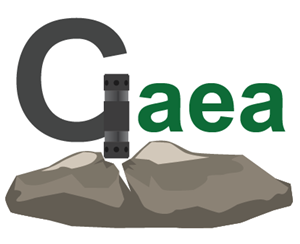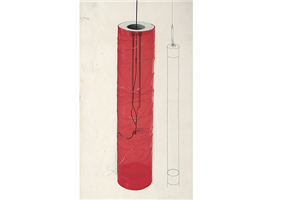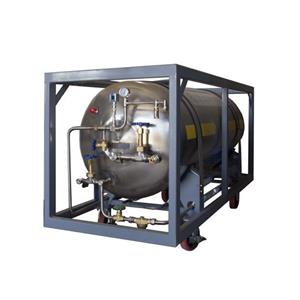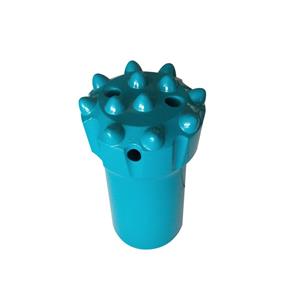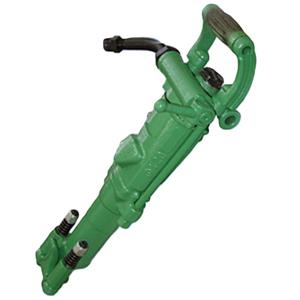Brief Explanation of Causes of Premature Detonation, Delayed Detonation, Misfire, and Unexploded Charge
The following is a detailed explanation and overview of the causes of premature detonation, delayed detonation, misfire, and unexploded charge, covering their definitions, causes, consequences, and key prevention measures.
Core Concepts
These terms describe situations in blasting operations—such as those in mines, quarries, tunnels, and demolitions—where the initiation system or explosives fail to detonate or explode as planned. Each represents a serious safety hazard, with the potential to cause casualties, equipment damage, project delays, and economic losses.
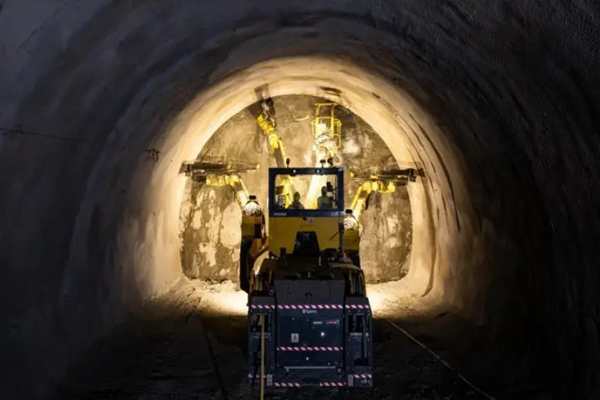
I. Premature Detonation
Definition
Premature detonation refers to the unexpected explosion of explosives before the predetermined initiation time.Causes
Accidental Power Connection: Unintentionally connecting the initiation power source during circuit setup or inspection.
Use of Incorrect Initiation Devices: Mistaken use of high-sensitivity detonators or inappropriate initiation tools.
Violation of Safety Regulations: Using radio equipment in hazardous areas, failing to manage stray currents, or conducting activities that produce sparks or heat in the blasting zone.
Abnormal Detonator Sensitivity: Manufacturing defects or aging may cause individual detonators to exhibit heightened sensitivity to static electricity, shock, or stray currents beyond standard levels.
Deterioration of Initiation Devices: Detonators, detonating cords, or shock tubes affected by moisture, heat, or physical damage may become unstable, altering their sensitivity or safety characteristics.
Stray Currents: Unintended currents from power lines (particularly DC traction systems like mine locomotives), electrical equipment leakage, lightning induction, or ground currents enter the electric detonator circuit, reaching or exceeding the detonator’s sensitivity threshold. This is one of the most common causes of premature detonation.
Radio Frequency Radiation: Strong electromagnetic fields from radio transmitters (e.g., broadcast stations, TV stations, radar stations, walkie-talkies, mobile phones) induce currents in detonator leg wires or the blasting circuit. Detonators may be particularly sensitive to specific frequencies.
Static Electricity: Static charges accumulate due to operators wearing synthetic clothing in dry environments, friction during explosive loading, or the use of plastic tubes or air ducts for explosive delivery. Discharge can trigger sensitive detonators or explosives.
Lightning: Direct strikes or nearby lightning generates strong electromagnetic pulses, causing explosions through conduction or induction.
External Energy Interference
Mechanical Shock/Friction
Accidental severe impacts, drops, collisions with drill rods, excessive pressure, or frictional heat during the handling, loading, or tamping of explosives or detonators can trigger sensitive materials.Open Flames/High Temperatures
Unexpected heat sources—such as welding, cutting, smoking, unextinguished welding slag, overheated machinery, or self-igniting materials near the blasting area—can ignite explosives.Defects in Initiation Devices
Operational Errors
Consequences
The consequences are extremely severe. Operators are often in the process of loading, connecting circuits, or securing the area, making mass casualties highly likely. Equipment is destroyed, the worksite is damaged, and accident investigation becomes challenging.Prevention Measures
Strictly control the electromagnetic environment in the blasting area by establishing safety distances and prohibiting radio equipment.
Implement stray current detection and protection measures, such as using anti-stray current detonators, shielding circuits, and disconnecting potential current conductors.
Enforce stringent anti-static measures, including wearing anti-static clothing, using anti-static tools, and maintaining environmental humidity.
Establish comprehensive lightning warning and protection systems.
Handle explosives and detonators gently to avoid shock or friction.
Prohibit fire and heat sources near the blasting area.
Use reliable, inspected initiation devices.
Adhere strictly to safety operating procedures and blasting designs.
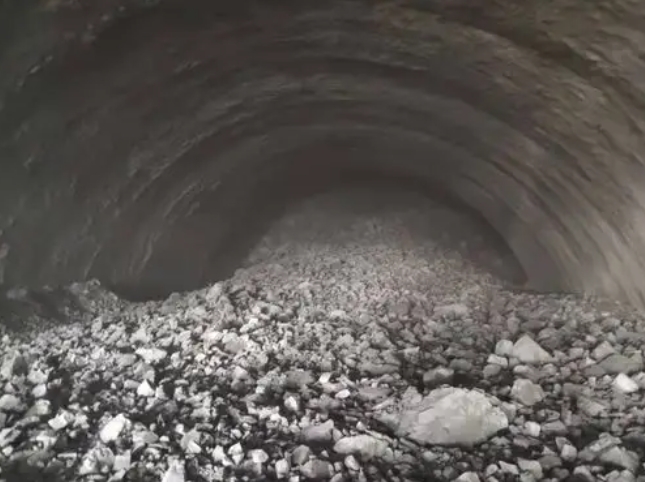
II. Delayed Detonation (Hangfire)
Definition
Delayed detonation occurs when, after the initiation signal is given or initiation begins, some or all explosive charges fail to detonate within the designed delay time but explode after a significant delay (seconds, minutes, or longer). Unlike a misfire, delayed detonation eventually results in an explosion.Causes
Delay Detonators: Unstable burning rates of delay compositions (due to moisture, deterioration, or manufacturing defects), poor crimping of delay elements interrupting or delaying transmission, or damp delay compositions burning slowly.
Electric Initiation System: Excessive circuit resistance leads to insufficient current, poor or high-resistance connections, inadequate or faulty initiator energy, or partial circuit breakage, causing current to slowly heat the bridge wire rather than triggering immediate detonation.
Shock Tube/Detonating Cord System: Damaged, waterlogged, or compressed shock tubes interrupt or delay transmission; tightly knotted or sharply bent detonating cords reduce detonation velocity or cause transmission failure; loose connections between shock tubes/detonating cords and detonators.
Electronic Detonator System: Programming errors (e.g., excessively long delay settings), communication failures delaying or preventing firing commands, or internal electronic component malfunctions.
Initiation System Failure
Detonator/Delay Element Failure
Explosive Issues
Severely damp or deteriorated explosives may exhibit abnormally slow reaction rates after initiation (rare but possible with poor-quality or expired explosives).Environmental Factors
Extreme low temperatures may affect the burning rate of delay compositions or the detonation sensitivity of explosives.Consequences
Delayed detonation is highly dangerous. Personnel may mistakenly assume the blast is complete or that a misfire has occurred and enter the site prematurely for inspection, risking severe casualties when the delayed explosion occurs. It can also disrupt subsequent handling measures, such as misfire management.Prevention Measures
Ensure the initiation circuit is correctly and securely connected, with resistance meeting design specifications.
Use reliable initiators with sufficient energy output.
Inspect shock tubes and detonating cords carefully to avoid damage, excessive bending, or tight knots.
Use high-quality, well-stored detonators and explosives.
Strictly observe safety waiting times (typically 5–15 minutes after blasting, or as specified: 5 minutes for open-air, 15 minutes for underground tunnels). Confirm the absence of abnormal sounds or smoke before professional personnel (e.g., a dual-team system of technicians, blasters, and safety officers for A/B-grade blasting, or blasters and safety officers for C/D-grade) conduct a cautious site inspection.
III. Misfire
Definition
A misfire occurs in blasting operations when an expected explosive charge or detonator in a blast hole fails to detonate after receiving initiation energy. Misfired charges include unexploded explosives and potentially unexploded detonators.Causes
Large amounts of water in the blast hole soaking the detonator or explosive, causing failure (unless waterproof devices are used).
Extreme low temperatures affecting explosive or detonator performance.
Detonator separation from the explosive (e.g., not inserted centrally, dislodged by tamping rods).
Loose or gapped charges (channel effect) interrupting detonation.
Hard foreign objects in the stemming striking and disabling the detonator.
Manufacturing defects (e.g., broken bridge wires, failed igniters, or primary explosives).
Detonators damaged by moisture, heat, or physical impact during storage, transportation, or use.
Detonators damaged during loading (e.g., crushed by tamping rods).
Electric Initiation: Faulty or inadequate initiator energy, incorrect circuit design (e.g., excessive total resistance, unbalanced parallel groups), connection errors (short circuits, open circuits), high-resistance or loose connections, or damaged leg wires.
Shock Tube Initiation: Failure of the initiating detonator to reliably trigger the main shock tube, transmission interruptions (e.g., due to damage, water ingress, flattening), loose or improperly inserted connections, or insecure detonator clamps.
Detonating Cord Initiation: Transmission interruptions (e.g., tight knots, sharp bends, damage, moisture), loose connections between detonating cords and charges or detonators, or improper transmission direction.
Insufficient Initiation Energy
Detonator Failure
Explosive Failure
Severely damp (especially ammonium nitrate-fuel oil explosives), hardened, caked, or deteriorated explosives lose sensitivity, preventing normal detonation.Charge Structure Issues
Environmental Factors
Consequences
Misfires result in unexploded charges (see below), leaving behind hazardous explosives and detonators. Improper handling can trigger accidental explosions during subsequent operations (e.g., excavation or drilling), causing casualties and equipment damage, while also delaying project progress and increasing costs.Prevention Measures
Rigorously inspect the quality and expiration of initiation devices (detonators, shock tubes, detonating cords, initiators).
Design, install, and inspect blasting circuits correctly to ensure reliable connections meeting specifications.
Ensure explosives are dry and in good condition, particularly bulk explosives.
Standardize loading operations to securely insert detonators into the explosive center, avoiding damage or separation during loading.
Implement blast hole waterproofing or use waterproof devices.
Where feasible, employ redundant initiation systems (e.g., dual shock tubes or detonators) to enhance reliability.
IV. Unexploded Charge (UXO in Context)
Definition
Unexploded charges refer to undetonated charges (containing explosives and possibly unexploded detonators) left in the work area after blasting operations, which have not been detected or successfully managed. Misfires are the direct cause, with unexploded charges specifically denoting misfired charges not promptly identified or confirmed.Causes
Incomplete Post-Blast Inspection: Complex terrain, debris coverage (rocks, soil), insufficient lighting, inspector negligence, or lack of experience prevent detection of misfired charges or blast holes.
Failure to Follow Safety Waiting Times and Inspection Procedures: Premature site entry prevents observation of misfire signs (e.g., unexploded blast hole features, residual shock tubes/detonating cords).
Recording Errors: Discrepancies between the actual number and location of loaded blast holes and records lead to missed inspections.
Misfires in Hard-to-Observe Locations: Such as deep hole bottoms, tunnel tops, or beneath collapsed materials.
Undetected Mfires
The root cause of unexploded charges, including:Consequences
Unexploded charges are extremely dangerous, acting as hidden explosive sources. Subsequent excavation, drilling, handling, or even vibrations from personnel movement can accidentally trigger them, leading to catastrophic outcomes (major casualties, complete equipment destruction). Handling unexploded charges is also a high-risk operation.Prevention Measures
Prevent misfires and ensure all misfires are thoroughly detected and managed.
Strictly enforce post-blast safety procedures, including sufficient waiting times (typically ≥15 minutes for tunnels).
Conduct thorough, careful site inspections by experienced blasters, verifying blast hole numbers and locations, and checking for misfire signs (e.g., uncollapsed hole mouths, residual shock tubes/detonating cords, intact stemming, unusual odors).
Use professional equipment (e.g., blast hole or detonator detectors, though not infallible) to assist inspections.
Maintain accurate, detailed records of loading and blasting.
Upon detecting or suspecting a misfire, immediately establish a cordon and follow safety procedures for professional handling; prohibit unauthorized actions or continued operations. Handling methods typically include re-initiation, induced detonation, or small-scale destruction.
